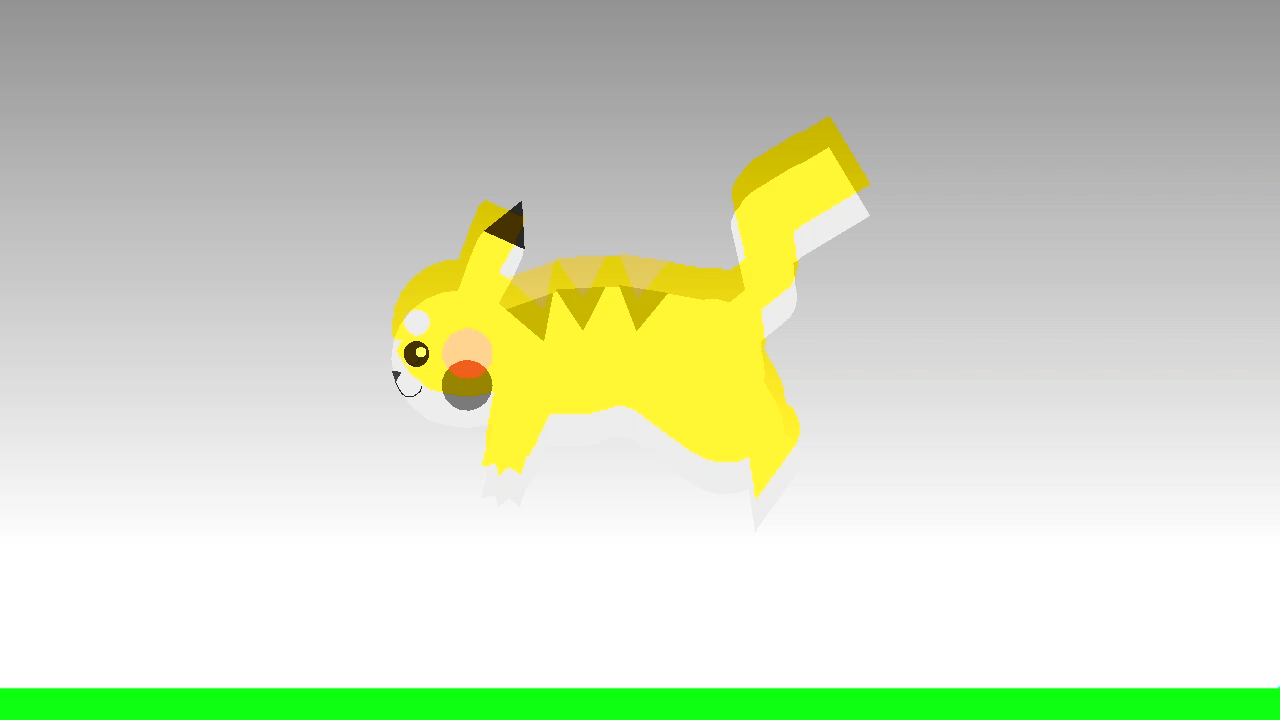Edit:
Seems the issue is this device needs not multiple of 16 dimensions...but multiple of 32. Thing is, I still have no idea how to determine what quantifies as a problematic device. This does appear to use qcom (which I've seen to be problematic on Android 4.X, but this is Android 5.1.1).
I'm encoding a video in my Android app. I'm using Android MediaCodec to do so, converting RGB of each frame to YUV and passing in the pixels.
The code I use has been in place for a while, and works across any device I've come across.
A user came to me with a bug report that their MP4s were coming out weird. The device is a Samsung T337A (a Galaxy Tab 4).
Here are what MP4 exports look like:
NOTE - For whatever odd reason, it doesn't happen at all resolutions. It's confirmed to happen at 768x432 and 1280x720 but does not happen at 640x352 for example (my app makes sure all resolutions are divisible by 16 by default).
On a Nexus 5X (which uses the same semi-planar YUV format) the output works at all resolutions.
So it's something with this device, and maybe other devices I don't know about?
I've looked at all output, and it looks normal and identical to the Nexus 5X I mentioned above (which works 100% of the time).
MediaCodecInfo being used is OMX.qcom.video.encoder.avc, color format being used is 2135033992 (which is COLOR_FormatYUV420Flexible). So basically, nothing weird.
The code is a bit expansive, I'll post if necessary, but just looking for general ideas of why this happens. I'd understand if it was more common, but the same code works for a vast array of other devices, so something funky is going on...


Planes[]from theImageobject to be rendered to,inputImage.getPlanes()followed by grabbing each individual y,u,v plane. I then grab the stride from the u-planeplanes[1].getPixelStridewhich is either 1 or 2 (planar or semiplanar) and both are accounted for and accurately work for all types of devices. This one has a stride of 2, but just doesn't work like others? What do you mean by buffer offset values though, if you don't mine elaborating? Might be what I need, thanks! – Christadelphian